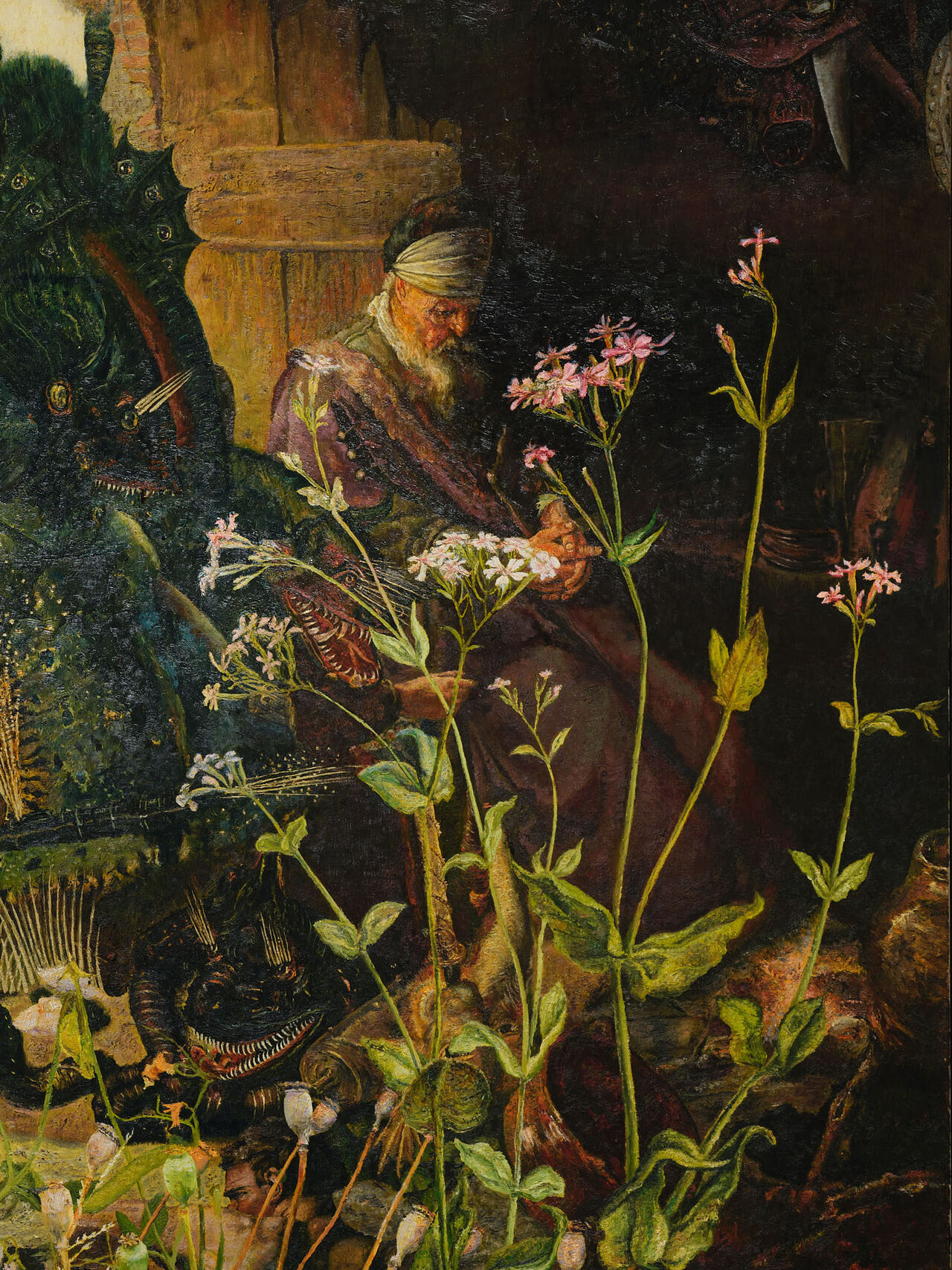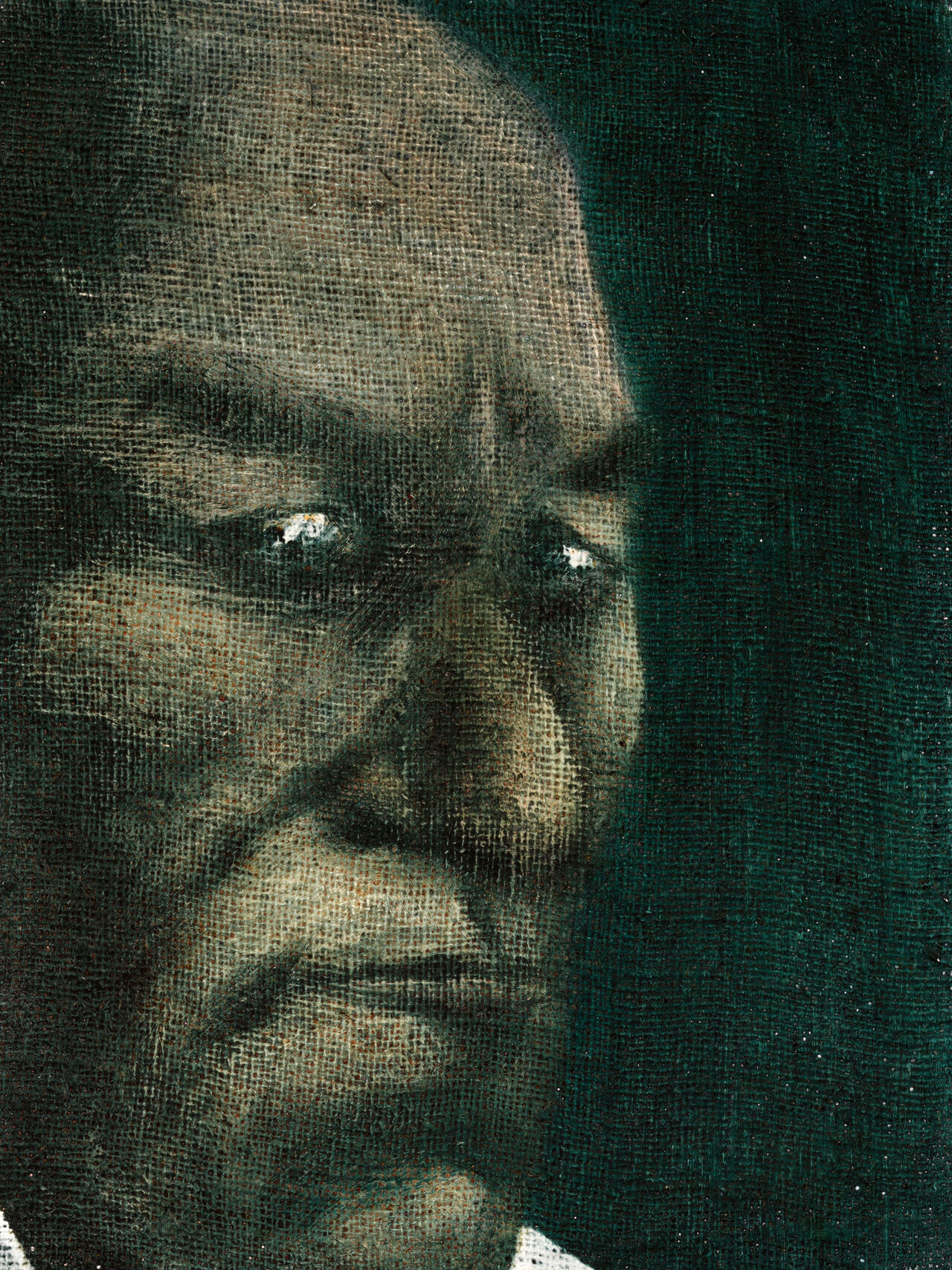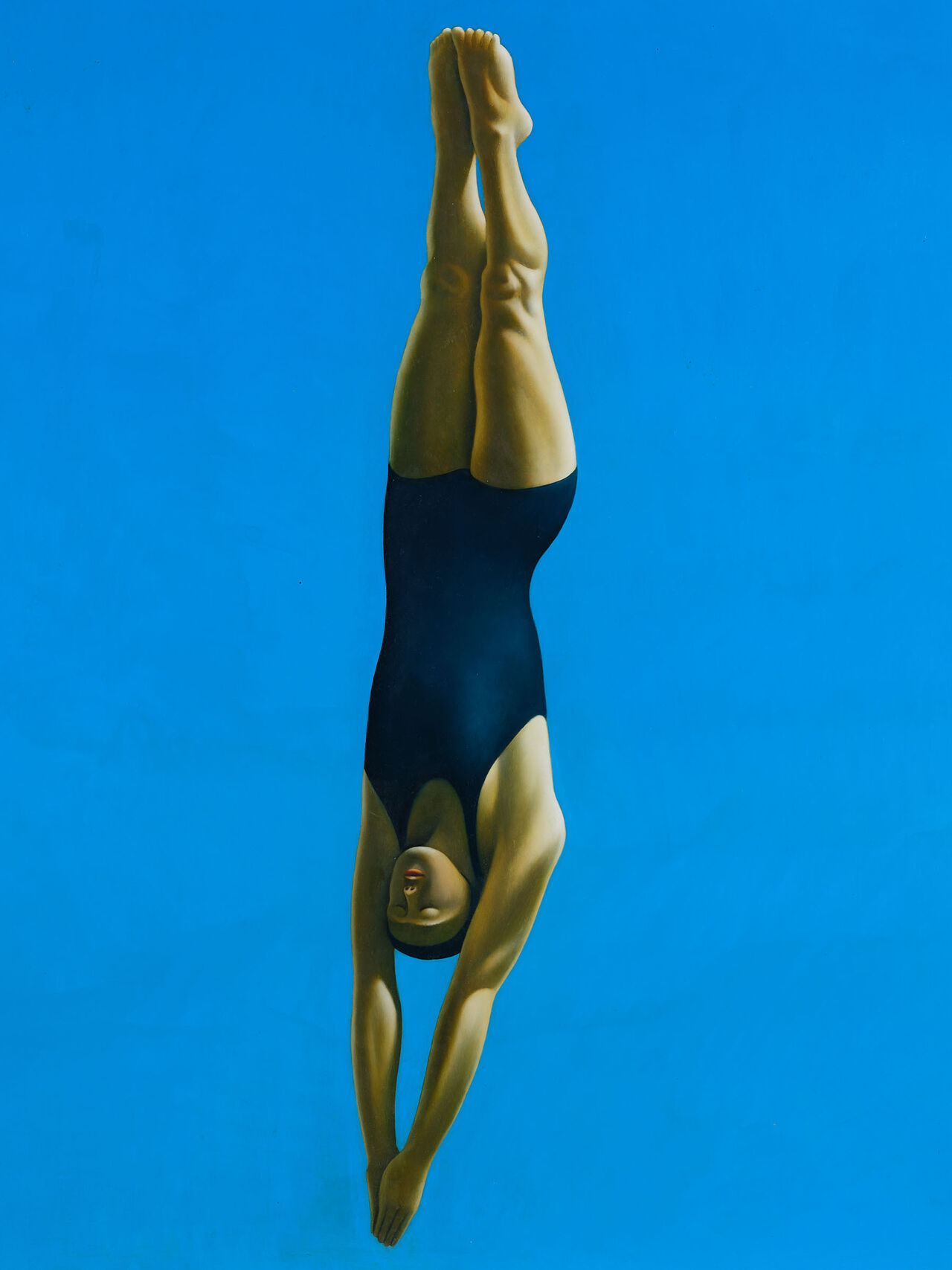Ivon Hitchens 'Barlavington II'
Ben Plumbly
Essays
Posted on 5 August 2025
Ivon Hitchens (1893–1979) is widely regarded as the outstanding English landscape painter of the 20th Century. The only child of two artistic parents, his father Alfred Hitchens was a landscape and portrait painter of some note who regularly exhibited at The Royal Academy of Arts, his identity as a painter is inextricably linked to the Sussex landscape where he lived and painted most of his life. Born and raised in London, Hitchens was an early member of the avant-garde Seven and Five Society, regularly exhibiting alongside Barbara Hepworth, Ben Nicholson and Henry Moore. However, when his studio in Hampstead was obliterated in the Blitz at the outset of World War Two, the artist exchanged the cultural milieu of London for the self-imposed isolation of rural Sussex, where he would live and paint until his death in 1979. His retreat from London to Sussex gave rise to an extraordinary body of paintings that were radical in spirit despite their roots in the traditional English countryside.
Barlavington is a small village and civil parish in the Chichester district of West Sussex, just a few kilometres from the artist’s home and studio in Lavington Common. Whilst the artist’s earlier works were influenced by Parisian post-cubism and are fundamentally representational, Barlavington II is typical of the artist’s signature, mature style, showcasing his penchant for animated brushwork, structure and single-stroke flourishes. Increasingly the artist came to favour narrow rectangular canvases, believing the panoramic format could convey the sensation of passing time, what he called ‘eye-music’, as the picture unfolded across the canvas before the viewer’s eye. As critic Andrew Lambirth remarked: “When you look at Hitchens’ landscapes, you’re also looking at rhythm and different divisions going through the image. That’s why he favoured working on long, thin canvases, because they could be split up into three or four sections that played out visually like movements in a symphony.”
As with his Seven and Five contemporaries, Barbara Hepworth and Ben Nicholson, the landscape became a departure point for deeper and lusher forays into advanced abstraction. Painted en plein air and with its burnished palette almost certainly in Autumn, Barlavington II is typical of the work which would bring Hitchens international acclaim, sensual and atmospheric it utilizes abbreviated fields of colour perceived from the landscape rather than exact forms. The landscape became the inspiration for increasingly unabashed abstraction for Hitchens, as he sought to get closer to the heart of the English landscape. The emphasis on space, colour and form is heightened by the exposed and unpainted sections of the canvas which the artist leaves unpainted. Balancing emotion with structure and formal integrity, it demonstrates how the artist never felt totally comfortable with pure non-objective abstraction, seeking to retain illusionistic space and a close relationship to the local countryside.



